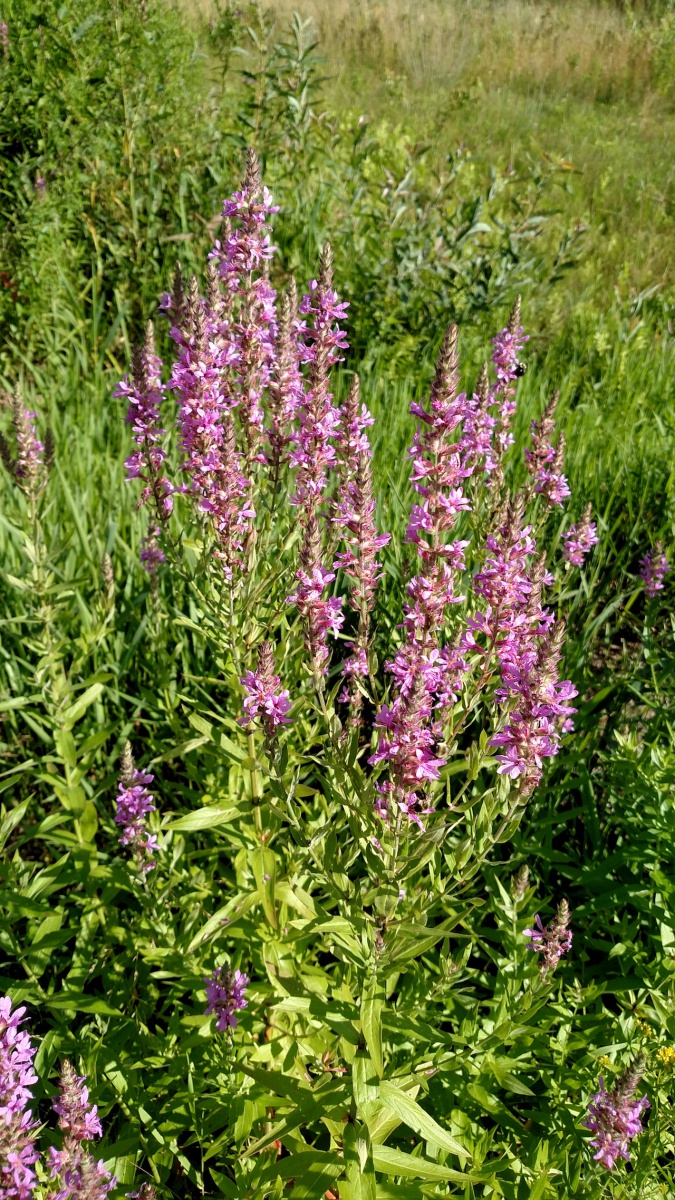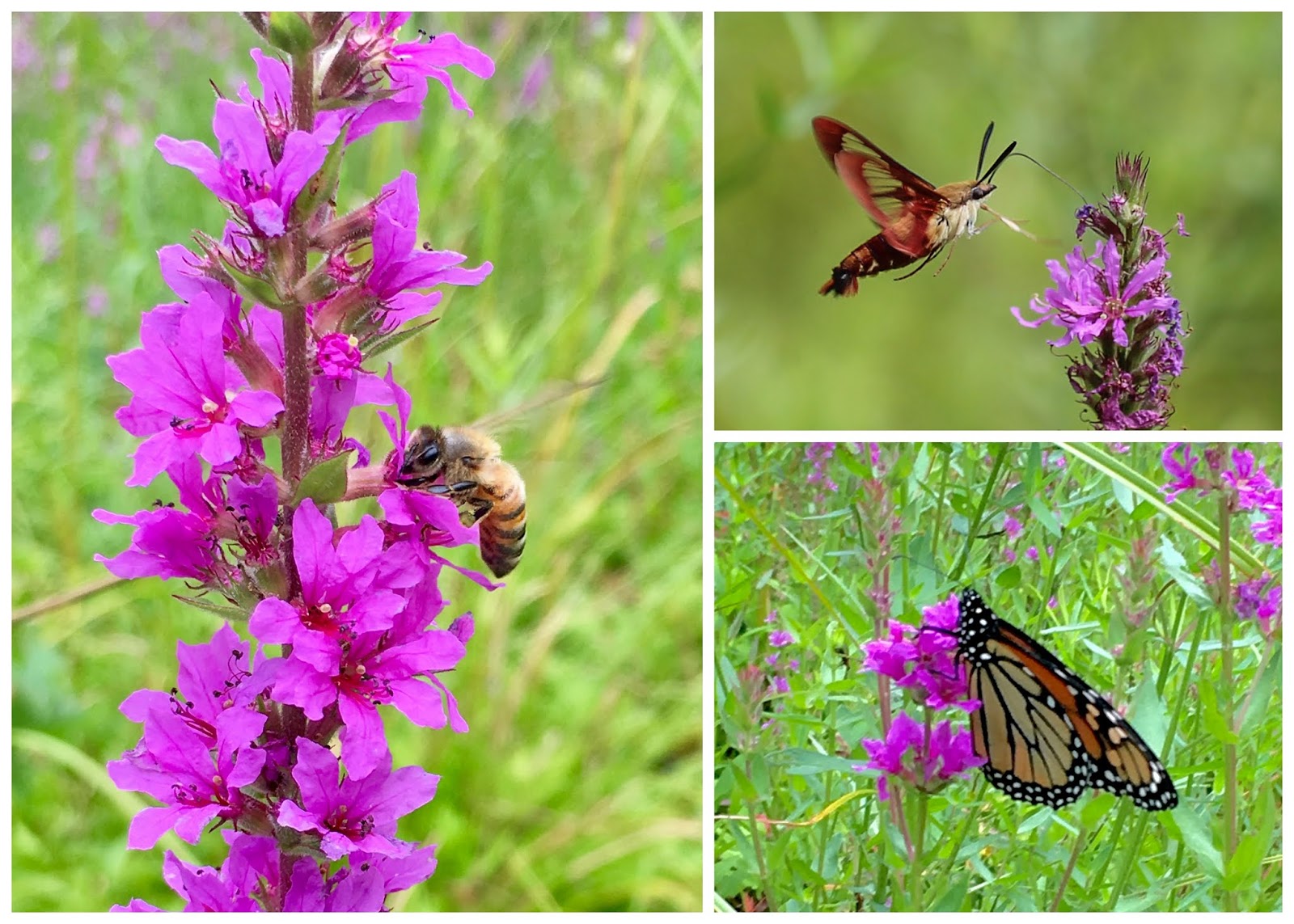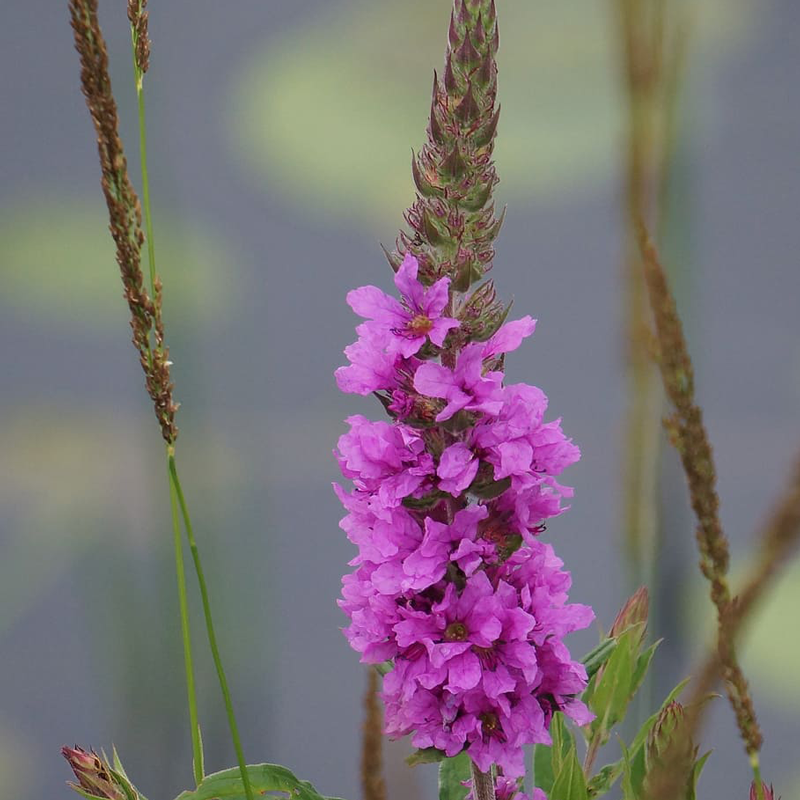Formidable Info About How To Get Rid Of Purple Loosestrife

Digging & hand pulling pulling purple loosestrife by hand is easiest when plants are young (up to two years) or when in sand.
How to get rid of purple loosestrife. Weevil and beetle in the past, have been used to contain purple loosestrife and keep its population density under control. Purple loosestrife can be cut or pulled without a. The bay of plenty regional council is responsible for the control of purple loosestrife.
How do you get rid of it? What can home gardeners do for purple. How to grow purple loosestrife.
Stem stiff, typically square shaped. In areas where there are few plants and easy access, manually removing the plants in recommended. ( itis) common name purple loosestrife, spiked.
Instead, try growing another variety, such as gooseneck, if loosestrife must be grown as all. Can have up to six sides, often branching. If you think you have.
Older plants have larger roots that can be. Home aquatic invasives aquatic plants purple loosestrife purple loosestrife scientific name lythrum salicaria l. The beetles were widely released in ontario, and.
Plant purple loosestrife in autumn or spring into moist soil or at the pond edge. It can be found in wet meadows, river floodplains and damp roadsides. Please do not attempt to control it yourself.
This is a way in which scientist try to. Purple loosestrife can spread naturally via wind, water, birds, and wildlife and through human activities, such as in seed mixtures, contaminated soil and equipment, clothing,. Purple loosestrife has now naturalized and spread across canada and the northern united states.
Learn how to locate, identify, evaluate and treat, and prevent the spread of purple loosestrife. Lance shaped with smooth edges stalkless. Insect release sites in minnesota.
If purple loosestrife is located in or along a water course, lake basin or wetland, a permit is probably. Use only a plastic or stainless steel sprayer. Native to asia and europe, purple loosestrife (lythrum salicaria) was likely introduced to north america as an ornamental plant and has since been found in.


















